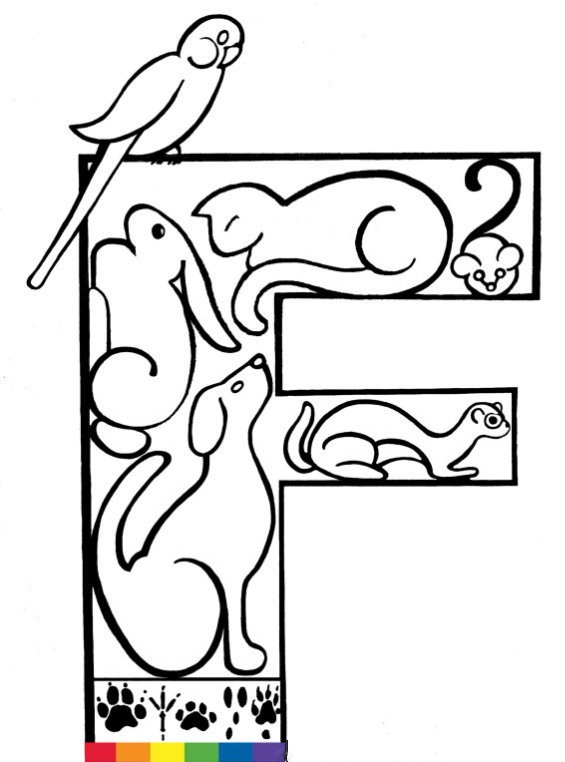IS A POCKET PET RIGHT FOR YOU?
Do your research before committing to a pocket pet by asking the following questions:
- What type of housing will the pet require?
- What will the pet eat? Pocket pets originally come from the wild and many have specific dietary needs.
- How much exercise and interaction do pocket pets need?
- When will the pocket pet be most active? Some will be active during the day, but others are nocturnal and may keep you up at night.
- What type of veterinary care, such as spaying or neutering and wellness visits, will the pocket pet need?
Rats
Rats make great pets, especially for families with children. Rats enjoy being housed together, so you should purchase at least two rats of the same sex to be raised together. Rats need a large, wire cage with climbing surfaces and exercise opportunities. They also need cozy places to nap, such as a nesting box.
Commercially formulated pellets are the best diet for a pet rat, plus occasional treats of fresh fruit and vegetables. Also, rats have front teeth that grow continuously and they need to chew on wood blocks to prevent overgrowth.
Rats commonly develop cancerous mammary tumors, but this risk can be decreased with an ovariohysterectomy before six months of age.
Mice, gerbils, and hamsters
Mice, gerbils, and hamsters are entertaining pets with different personalities. Hamsters tend to bite, so may not be ideal for families with small children, whereas mice and gerbils are friendlier and less likely to bite. Hamsters must be housed alone, because they will fight if kept with other hamsters. Mice and gerbils can be housed together, but female pairs are the safest cage mates, as males may become aggressive. Provide plenty of bedding to satisfy their desire to dig, tunnel, and bury food, plus additional nesting material, such as cardboard. Avoid aromatic wood shavings, which cause ocular and respiratory irritation.
Guinea Pigs
Guinea pigs, or cavies, are social pets that do not require a lot of care. Their best housing option is a well-ventilated wire cage with a solid floor lined with a soft material, such as fleece or towels (not terrycloth). Guinea pigs should be fed a species-specific pellet diet, and as much grass hay as they wish. In addition, guinea pigs must receive foods rich in vitamin C, such as kale, parsley, and peppers, as they cannot produce their own vitamin C. Because the pellets lose vitamin C over time, it is necessary to supplement vitamin C daily – the easiest way is to get human chewable vitamin C (not gummies) in 500 mg tablets and give each pig ½ chewable daily when well (increase to 1 whole chewable when ill, injured, stressed, etc.). Excess will leave the body in urine; deficiency will cause scurvy.
Chinchillas
Chinchillas are quiet, shy animals who do best if housed with at least one other chinchilla. Their nocturnal nature means they likely will sleep through the day, so a nesting box or hiding area where they can rest is essential. Chinchillas should be fed grass-based pellets and hay to help wear down their continuously growing teeth. Chinchillas need dust baths several times a week. Provide a box or tray with dust made specifically to absorb oil and dirt from their fur.
Hedgehogs are nocturnal, shy pets that don’t enjoy human interaction and prefer to hide and burrow. Hedgehogs are covered in sharp spines, making them difficult to handle safely.
Sugar gliders are social, nocturnal marsupials who should be housed in groups, because otherwise they become depressed. Sugar gliders need a tall wire cage supplemented with branches and hiding places where they can sleep during the day.

